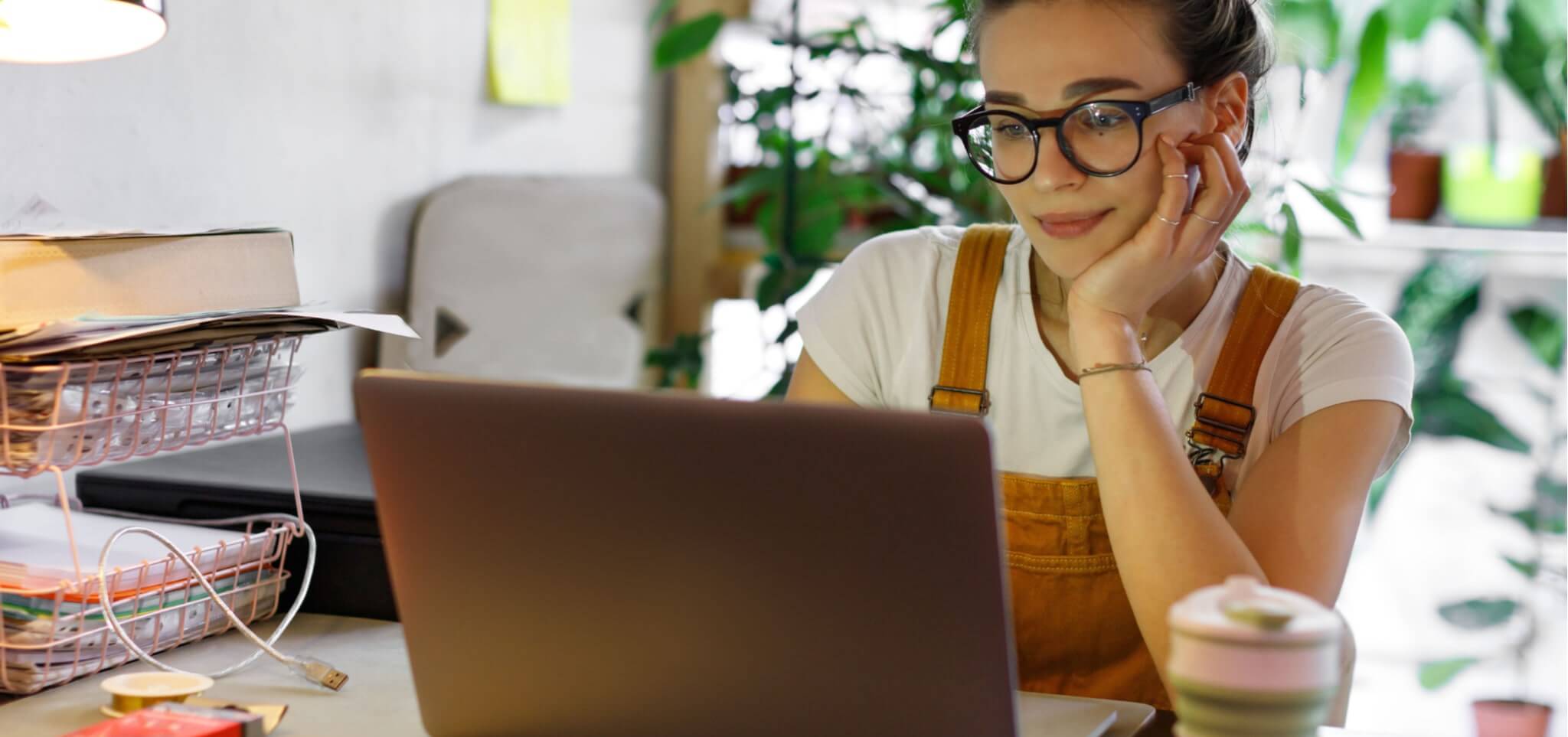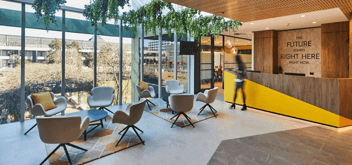The future of work has been forever changed. As we begin to return to work post COVID, organisations are starting to reflect on the sudden and involuntary uptake of flexible working models from early 2020. Such models have, perhaps permanently, shifted expectations for employers and employees – thanks to the experience of unforeseen benefits for both.
The benefits of co-located, or office-based working still remain, however – connection, collaboration and culture are still key to organisational success and cannot be completely replaced with remote model variants. As organisations have now realised, a hybrid model of work is the most likely outcome of the pandemic – an extension of activity-based working, where some work is suited to the office, and other work is suited to the home.
This makes quality workplace design crucial as a way to placemake workplace environments, and ensure that they optimise employee wellbeing.
How workspace design can aid in employee health and wellbeing as we return to work
Flexible workplace design isn’t a single standalone tactic – it is made up of a whole spectrum of tools that can be deployed to improve productivity and the wellbeing of staff. It can be leveraged across so many workplace aspects – from the physical design of the office to the spaces employees use to complete the work and all the way through to the flexible work hours the organisation offers.
Designing a workplace to support flexible working has been shown to improve employee wellbeing, in fact, employees tend to be happier in flexible working environments. Some of the benefits include:
- Better work-life balance
- Improved physical and mental health
- Measurable increases in productivity.
Honing in on the purpose of your office space
The office of old was all about squeezing people into small, permanent spaces – ensuring everyone is together and that firms can also keep their real estate costs down. More recently, this strategy has begun to shift, and the pandemic has accelerated workplace design towards a more flexible use of space.
In a post-pandemic world, the office is about celebrating the reasons we come together. Some of the common purposes for co-located work include collaboration, social interaction and learning and development, but each organisation will have its own unique requirements.
The future workspace understands and caters to the specific work purposes, which in turn can augment a sense of employee wellbeing. Here are just some of the dials that can be turned to provide a safe and productive place for co-located work.
Choreographing movement
In flexible and agile work environments the choreography of movement has always been an important factor of workplace design. In a world that includes physical distancing requirements, this ‘dance’ has become even more imperative.
Directing movement through design with wayfinding (whether it’s signage, structured paths or colour coding) gives employees simple signals as to where they should walk, stand or sit – keeping themselves and others safe and healthy.
Leveraging smart office tech
With smart office tech, workplaces can support the flexible use of space and optimise utilisation. Whether it’s enabling data-driven facilities and building management or creating a touchless experience for employees and guests.
Like with many things, the technology to do this already existed but COVID-19 has accelerated the adoption of tech like sensors, room booking systems and occupancy planning tools.
Considering digital and social inclusion
In a traditional working environment staff were able to demonstrate care and connection through in-person interactions: saying hello on entering the office, having coffee with a colleague, celebrating a work anniversary in the shared kitchen. In a flexible work environment where some employees are co-located and some are working elsewhere, inclusion becomes more of a challenge.
Businesses, leaders and teams have an opportunity to introduce new, valuable practices and spaces to ensure the inclusion of those not in the office, such as virtual social events (trivia night anyone?) and well-designed meeting spaces which cater seamlessly to those connecting virtually.
Deploying biophilic design
In a report, psychologist Sir Cary Cooper explains the relationship between workplace design and biophilia as “an innovative way to harness this affinity in order to create natural environments for us to live, work and learn [in]. By consciously including nature in interior or architectural design, we are unconsciously reconnecting; bringing the great outdoors into our constructed world.”
To sum it up, workplaces that incorporate natural plant life are inclined to be happier, more productive spaces.
Managing acoustics
Open-plan offices have often been discredited as noisy and unproductive spaces, yet good design will allow the flexibility of open plan to exist without acoustic downfalls. Careful acoustic design can overcome acoustic shortfalls by using materials which absorb excess noise to enhance communication between teams, reduce disturbance from undesired noise, improve privacy and allow employees to focus on tasks that require concentration.
Letting in the natural light
A survey published in the Harvard Business Review shows that access to natural light is the number one thing employees want in their office environment. And for good reason.
Research by Cornell University strengthens the relationship between natural light and employee wellbeing. A study found the optimisation of natural light in an office significantly improves health and wellness among workers.
A design based on flexible working principles will allow workers to have access to natural light as they choose the space best suited to work in for themselves.
Despite new models of work becoming prevalent, the benefits of a central workplace – connection, collaboration and culture – still remain, and are key to organisational success. Workplace design plays an even more important role today, in placemaking creation for organisations that want to thrive with a hybrid model of work – but also in nurturing an employee’s wellbeing while they are onsite.
The future of workplace design is changing and evolving as we speak. With so much information on the future of work, we wanted to help by collecting the most crucial future of work knowledge in one place for you to access easily. Check out all you need to know about the future of work here.






